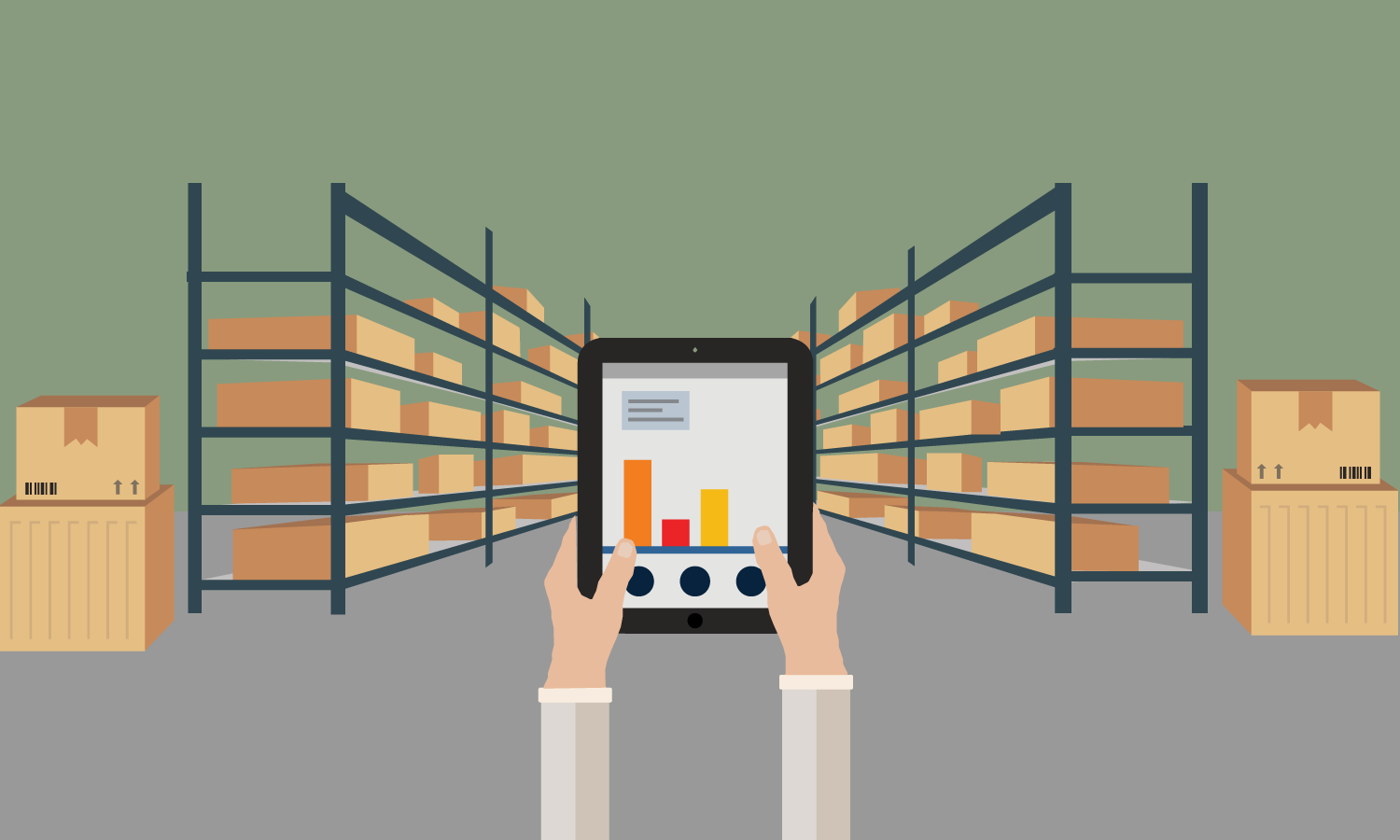As mentioned last week in our blog post about online versus in-store back-to-school shopping, we are taking a behind the scenes look on how consumers get the items they want – the back-to-school supply chain.
Consumers have taken over! This means that it is important for businesses to get themselves, and their supply chain in check, especially during the peak seasons. To make sure all the parts of your operations are moving correctly, planning begins well in advance.
Recap
Up until now we have discussed that less than 50% of back-to-school shopping is done online and this could be because of the nature of the shopping. People like to touch and feel products, as well as having their items immediately. Online shopping does not allow for the immediacy that stores offer, even with fast delivery. As well as, post-secondary students are the largest group who prefer to shop online.
Since there are a lot of personal items such as clothing and shoes, and people do not want to deal with the hassle of returns, it is easier to purchase in-store. However, this does not mean that no one is shopping online. Retailers use many different methods to get shoppers to purchase online such as discounts on online orders, free shipping, and fast delivery.
This is because of the distance that students are faced with when attending post-secondary. Often time’s students will order items online and have them shipped to their dorm rooms. Other times that shoppers will buy online are because they are purchasing from higher priced categories and more business-centric items. However, there are downsides to shopping online. One example is that it reduces the amount of impulse purchases that happens in stores.
The Back-To-School Supply Chain
The back-to-school process involves a tightly connected network of buyers and suppliers. The back-to-school supply chain will start sometime in the spring when businesses predict what will be most in demand for the coming school year. All the department stores that consumers go to, to buy school supplies, carry those items all year round. They increase their shipments to stock up in time by looking at previous years’ sales to decide the quantity. Retailers also figure out what is on the supply lists that are given to students by their teachers. All items are then stored and available in the same area of the department store.
Challenges with the Back-To-School Supply Chain
Like with anything, there are some challenges that companies face during the busy season. One challenge is labour availability. Workers are needed more than ever during these times, especially in distribution centers. Employers need a full complement of staff ensure that all products are getting to where they need to be, on time. Employees are also crucial to in-store processes with customers. Another challenge is the changes from parcel providers. During these busy seasons, these providers will change their prices, forcing businesses to forecast shipments, as well as know the dimensions for every parcel. This could have a huge impact on bottom lines.
Solutions
To help with these challenges, retailers need to get in front of merchandising and planning. They also need to have a good cross-operational plan to see what’s selling and what adjustments need to be made. Rehearse retail, fulfillment, and customer service procedures across multiple shifts. This way you will be able to find where the problem areas are. Most employers/employees use the back-to-school shopping season to practice for the biggest shopping season of the year – the holiday rush.
Summary
We all know how busy back-to-school shopping can be. To ensure that the all processes run smoothly, and that all your customers are happy, you must ensure that you have a seamless supply chain. The back-to-school supply chain is a tightly connected network, with its own set of challenges, but with a little planning and practice, the back-to-school shopping season should go off without a hitch!



